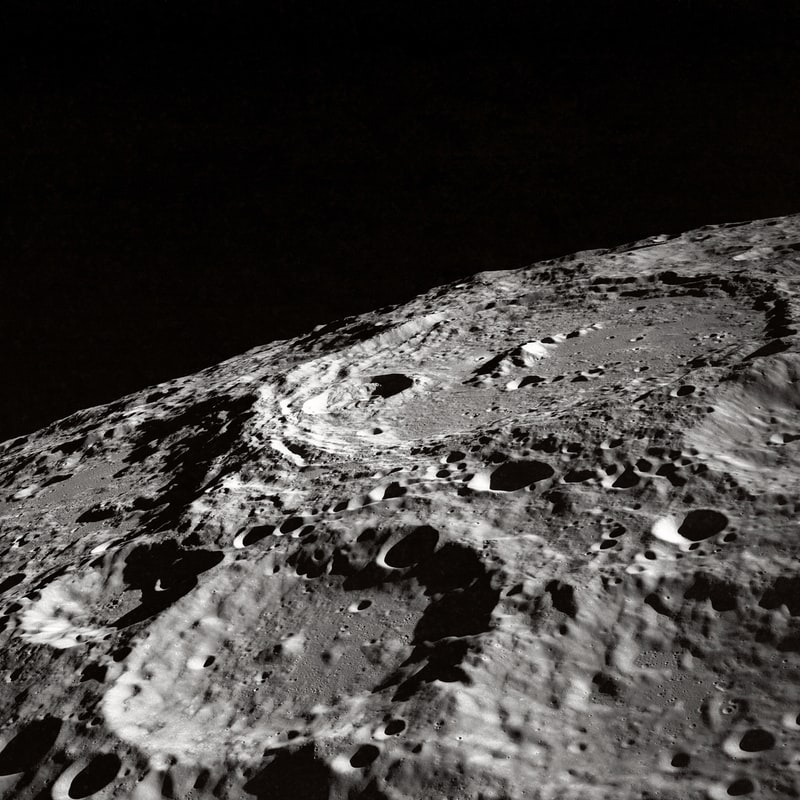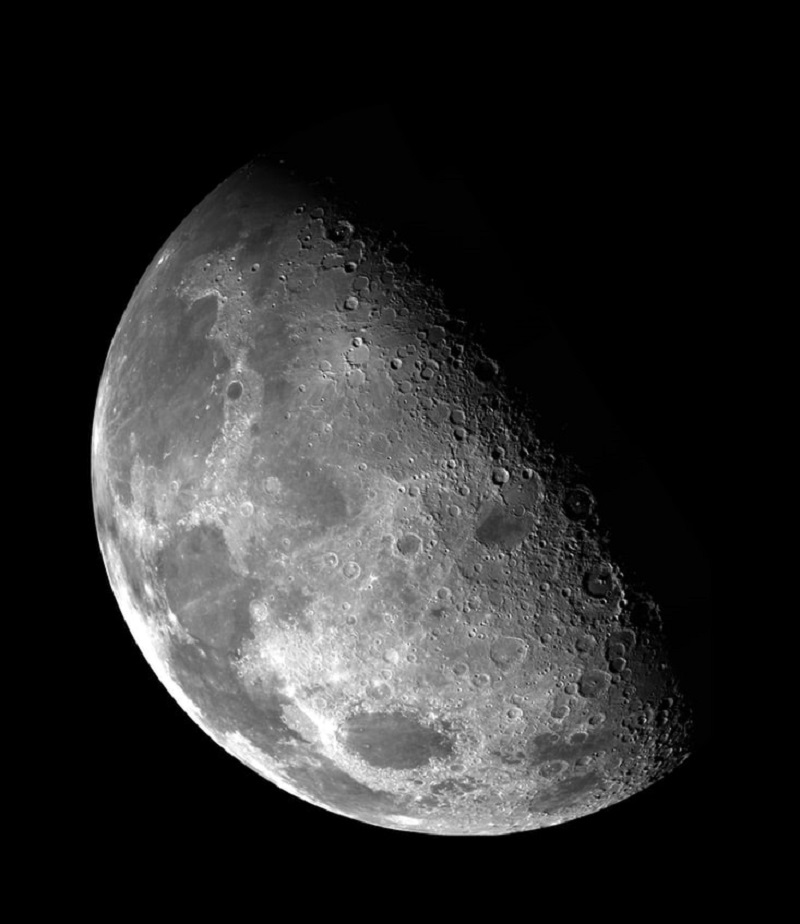Scientists have known for 50 years that the Moon had a magnetic field, but they did not know its cause. But new evidence has revealed something completely unexpected. It seems that the field’s disappearance took place 1-1.5 billion years ago.
But the moon produced a magnetic field billions of years ago, and it was even stronger than the Earth’s field. Planetary scientists suggest that this lunar field was generated by a powerful dynamo. This dynamo, and the magnetic field it generated, decreased.
Moon’s lunar dynamo

Before its core cooled, the Moon used to have a lunar dynamo that induced a magnetic field. It left its legacy in rocks formed at the time. The Apollo missions confirmed this discovery because, nowadays, the geologically dead satellite has no magnetic field.
Most of the magnetic studies lunar samples from the Apollo missions have been from ancient rocks. These rocks spewed out as lava onto a very young lunar surface. Once they cooled, their microscopic grains arranged next to the moon’s magnetic field.
Much of the moon’s surface is covered in rocks like that, which have remained unchanged since then. Furthermore, they kept preserving a scientific record of the ancient magnetic field.
“The magnetic field is this nebulous thing that pervades space, like an invisible field,” says Benjamin Weiss, professor at MIT.
“We’ve shown that the dynamo that produced the moon’s magnetic field died somewhere between 1.5 and 1 billion years ago, and seems to have been powered in an Earth-like way.”
Thermal convection, mantle precession, and core crystallization

Professor Benjamin Weiss of MIT has studied for many years when the field died out. He discovered three major theories on what caused the field firstly: thermal convection, mantle precession, and core crystallization.
In effect, the first of these would have lasted only a billion years from the satellite’s creation. But the second would not have survived more than 2 billion years. Nevertheless, core crystallization conducting a convection dynamo could have lasted until the present.
“There are several ideas for what mechanisms powered the lunar dynamo. But the question is, how do you figure out which one did it?” Weiss says.
“It turns out all these power sources have different lifetimes. So you should figure out when the dynamo turned off. Then you could distinguish between the mechanisms that have been proposed for the lunar dynamo. That was the purpose of this new paper.”
In Science Advances, Weiss demonstrates what happens when the molten rocks formed by two large impacts cooled. It appears that the Moon’s magnetic field was less than one ten-millionth of a tesla.
Moon’s stronger field

According to Weiss, the Earth’s field is more than 250 times that, and it seems the Moon’s was stronger. Although Weiss’s formations froze 440 and 910 million years ago, the paper points to other models.
They present an important field persisted until 1.9 billion years ago, too new for samples of mantle precession. That type of model would have diminished for sure as the Earth-Moon distance grew.
Important to realize, core crystallization is the only explanation for such long-lasting magnetism. But researchers go even further in their discoveries. Weiss believes mantle precession may have originally been the dominant cause of a magnetic field.
Under those circumstances, without magnetic fields protect their planet, or moon, from explosions, life is inconceivable. Especially around red dwarf stars, where proximity increases the dangers on potentially habitable worlds like Proxima b.
In the long run, Weiss and his team want to measure the direction of the moon’s former magnetic field. NASA supports their research, so we’ll soon find more about moon’s evolution.












































